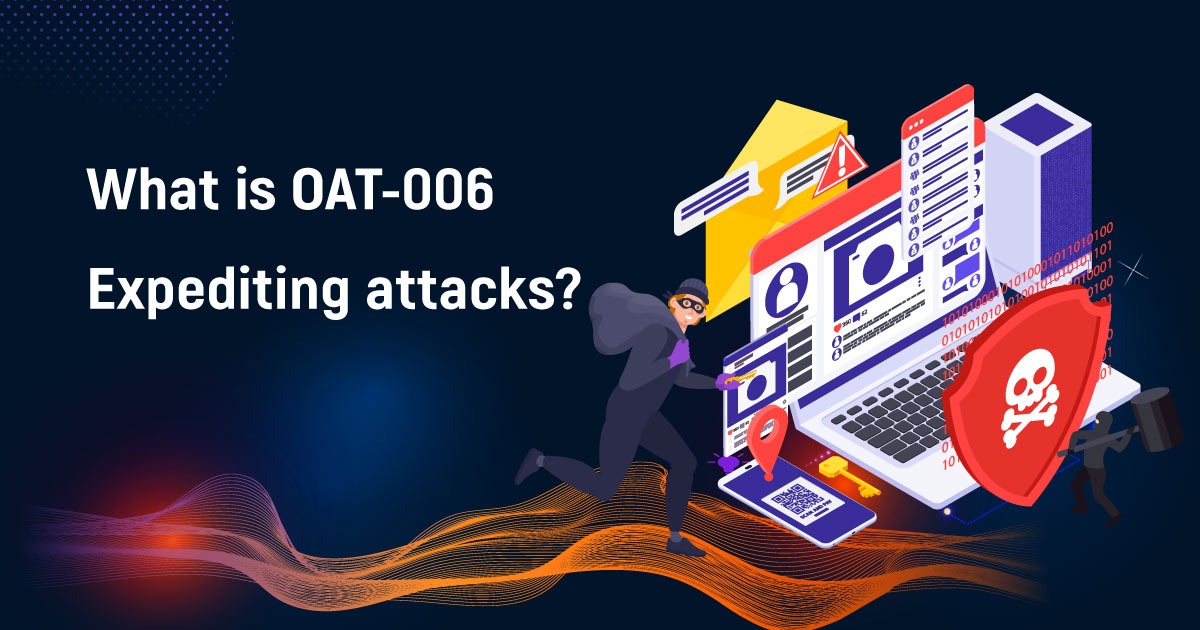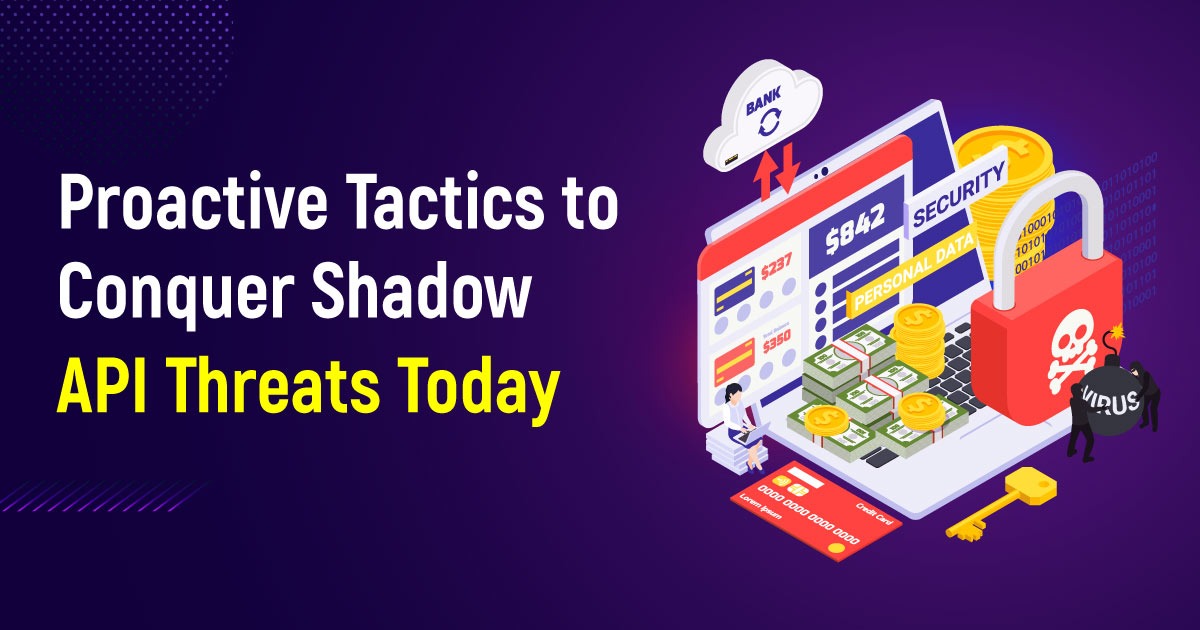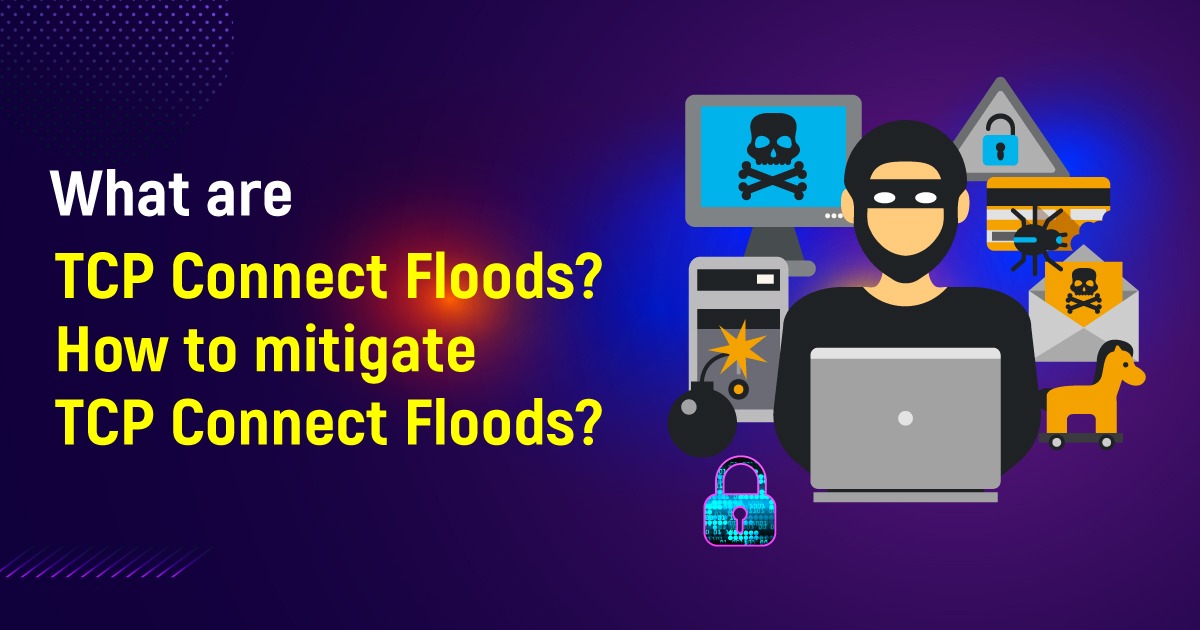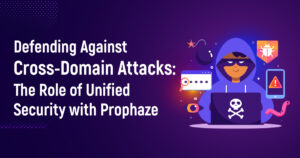Expediting attacks, also known as “rush attacks”, are a type of OWASP automated threat that targets a business’s system or website with a high volume of traffic or requests in a short period of time. These attacks can result in a system overload, causing it to crash or become unresponsive. In this article, we will take a closer look at expediting attacks, the methods used by attackers, the impact on victims, and the steps that businesses can take to protect themselves.
Methods Used by Attackers
There are several methods that attackers can use to launch an expediting attack, including:
Using Botnets:
Attackers can use botnets, which are networks of infected computers, to send a high volume of traffic to a target system.
Directing Traffic from Multiple Sources:
Attackers can direct traffic from multiple sources to a target system, overwhelming it with requests.
Creating a Distributed Denial of Service (DDoS) Attack:
This involves using a network of devices to flood a system with traffic or requests, making it unable to respond to legitimate traffic.
Impact on Victims
Expediting attacks can have a significant impact on the victims, including:
Downtime:
The victim’s system or website may experience downtime or be unavailable for legitimate users.
Lost Revenue:
If the attack causes significant downtime, the victim may lose revenue and customers.
Damage to Reputation:
A successful attack can damage the victim’s reputation and lead to a loss of customer trust.
Measures to protect against such attacks

Businesses can take several steps to protect themselves against expediting attacks, including:
Implementing Security Measures:
This can include firewalls, intrusion detection systems, and other security technologies designed to block malicious traffic.
Monitoring for Unusual Activity:
This involves using tools to detect and analyze traffic, looking for unusual patterns that may indicate an expediting attack is in progress.
Limiting Traffic:
Businesses can limit the amount of traffic that can access their system or website in a given period of time.
Conclusion
Expediting attacks can have serious consequences for businesses, resulting in downtime, lost revenue, and damage to reputation. By understanding the risks and implementing appropriate security measures, businesses can help protect themselves from these attacks and minimize their impact should they occur. Implementing security measures, monitoring for unusual activity, limiting traffic, and having a plan in place are all critical steps for businesses to take to protect themselves from expediting attacks.








